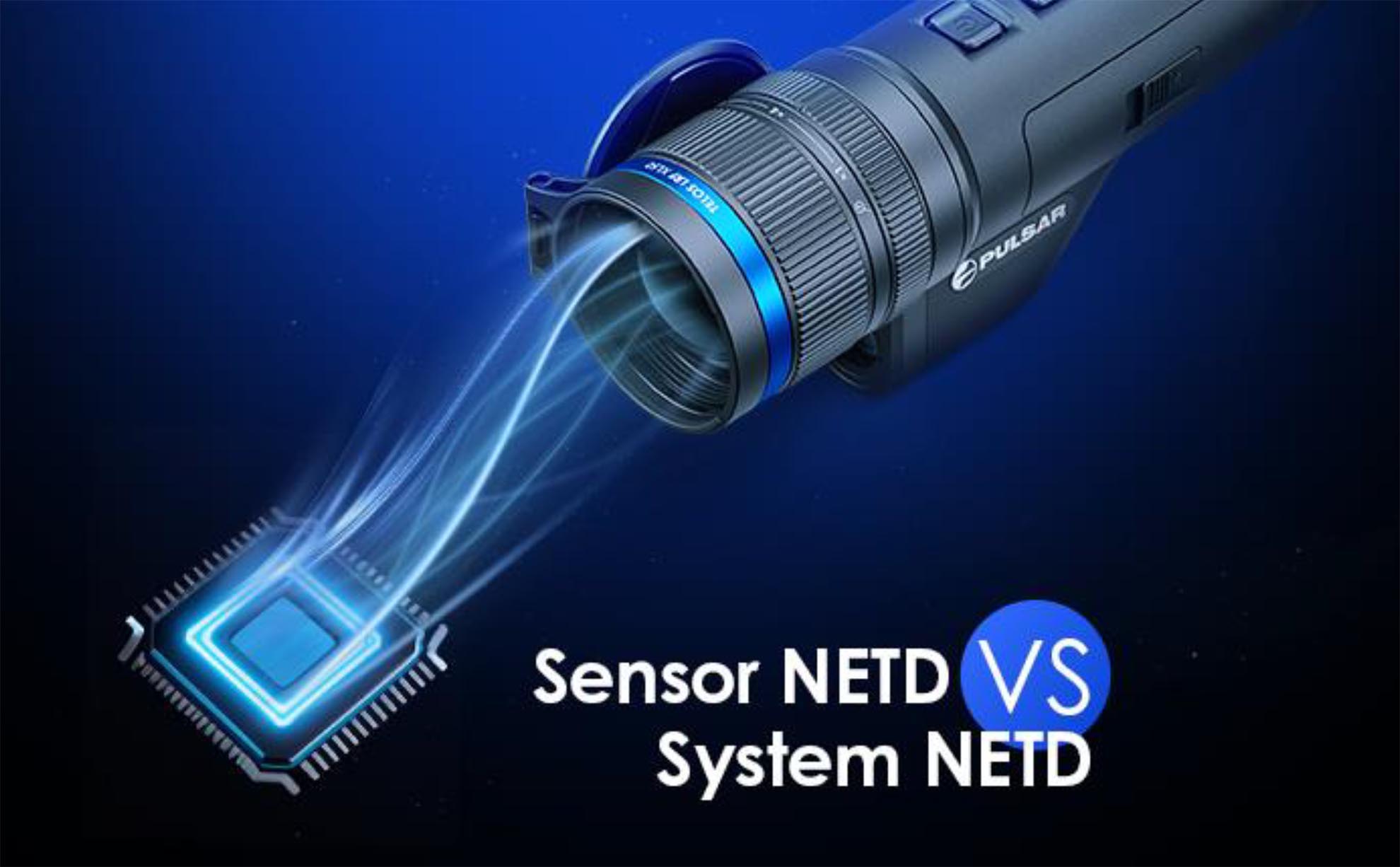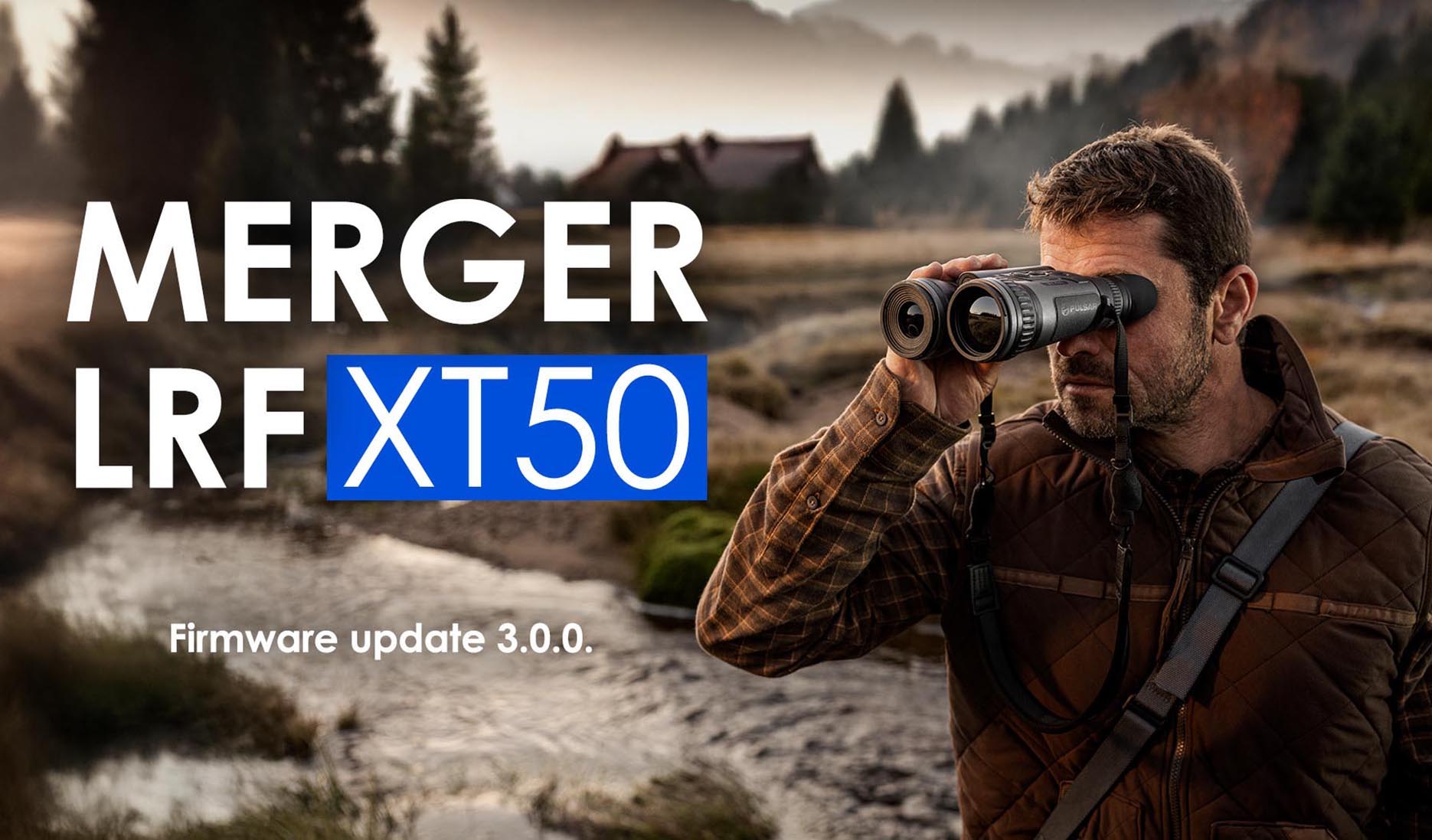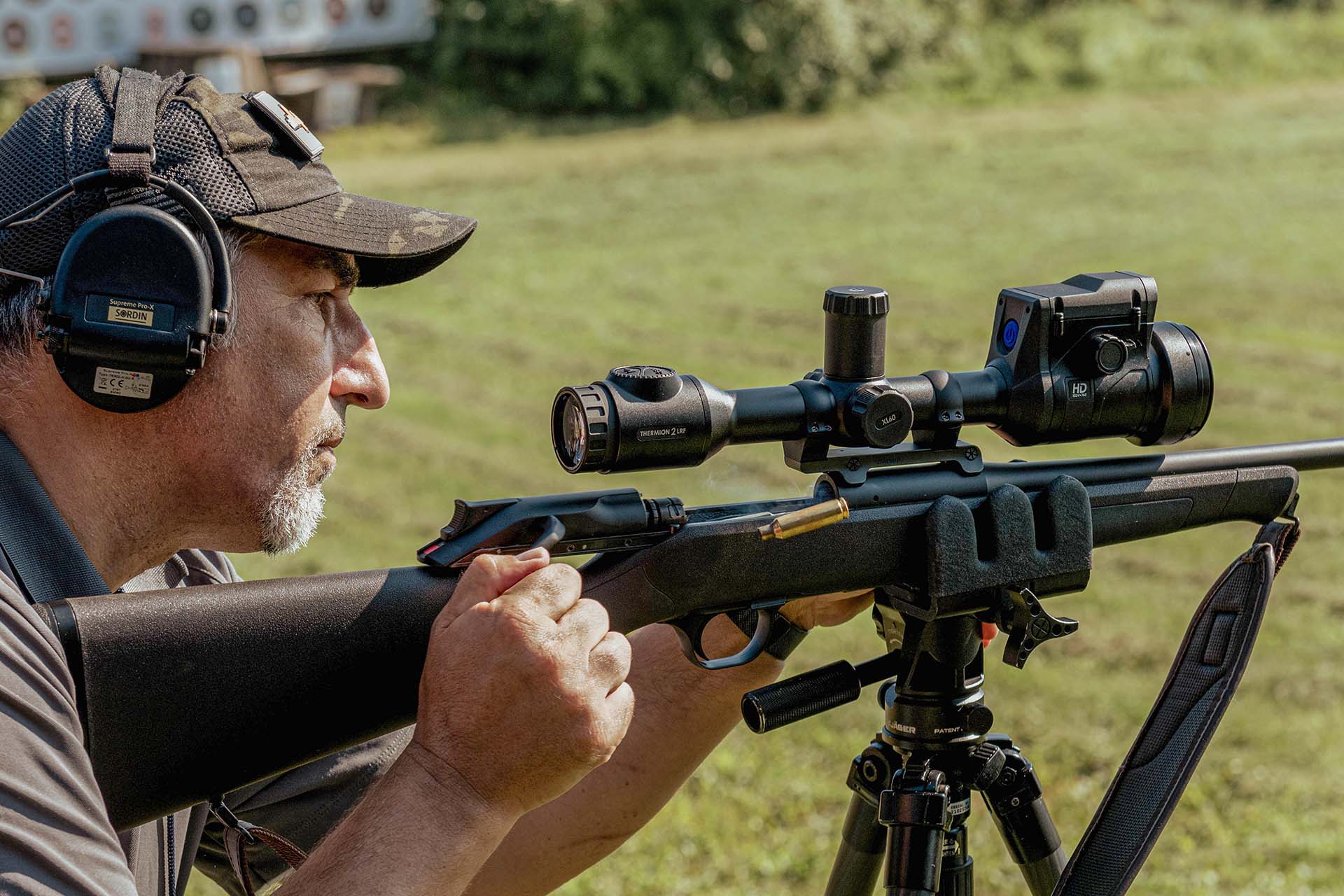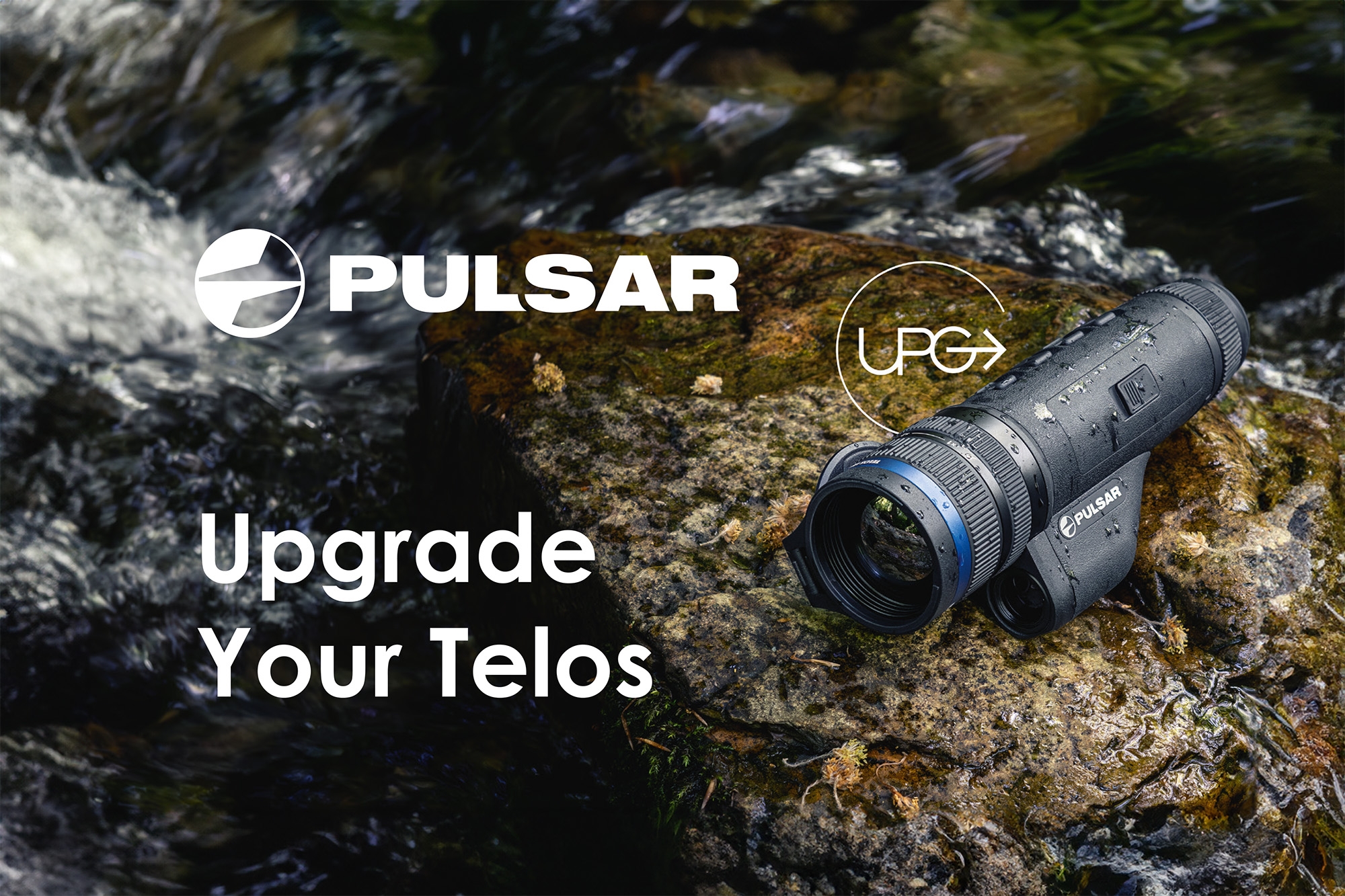The second generation of the popular Trail series of hunting riflescopes from Pulsar benefit from the same technology upgrade that both the Helion 2 and Accolade 2 share: a completely redesigned thermal imaging engine and platform, integrating a top of the line, full-frame rate (50 hz), 17 µm amorphous silicon microbolometer FPA sensor featuring a NETD of 40 mK. For a definition and benefits that a low NETD offer, read our previous review of the Accolade 2 here.
Features of the Pulsar Trail 2 XP50 LRF thermal hunting riflescope
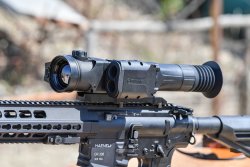
The IPX7 rated magnesium alloy housing is inherited from the original series with some updates to make it even more rugged and ergonomic, and improvements to the image processor and electronic eyepiece have also been introduced. The EVF boasts a new optical scheme that offers a wider field of view and high quality 1024x768 resolution, full-color AMOLED microdisplay. Also, the Trail 2 comes standard with a 1000 m laser range finder module integrated in the riflescope, with improved accuracy (less than 1 m at the maximum distance)!
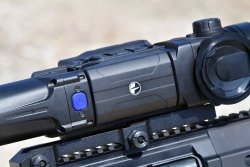
Obviously, all the features of the previous generation of Trail optics – wi-fi connectivity with Stream Vision support, internal one shot zeroing system, updatable reticles, etc. – have carried on the Trail 2, and many have been updated or even newly introduced, such as the internal memory of the audio/video recorder, doubled to 16GB with 1024x768 pixel movie recording, or the internal menu system, with new image processing algorithms such as the Image Boost technology, which we already covered in detail in our previous articles on the Accolade 2 and Helion 2 thermal image optics.
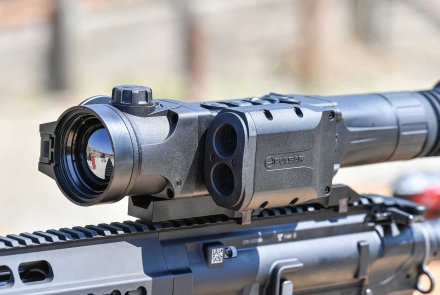
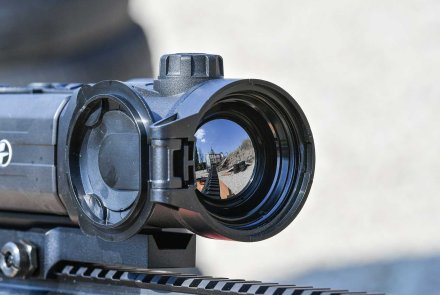
Today we take a brief look at the highest spec model, the XP50, featuring a 640x480 pixels resolution sensor, vs. the 384x288 pixels of the “smaller” XQ50.
The fast F50/1.2 Germanium optical lens system features 2x native magnification, which is digitally increased to 16x (thanks to a x8 zoom, that is possible due to the high resolution of the FPA sensor).
But let’s move to the actual test, as we took the Trail 2 to the range!
The Pulsar Trail 2 XP50 LRF on the shooting range
We mounted the Pulsar Trail 2 XP50 LRF on a semiauto rifle chambered in .308 Winchester, the Haenel CR308 – a gun which we will feature in an in-depth review and live fire test in the near future.
The Haenel semiauto can be used for hunting in many European countries, as the Pulsar riflescope – however, the specific combination of gun/thermal imaging scope depicted must be checked with your local authorities, as it may not be legal in all jurisdictions. The Trail 2 comes with a Picatinny mount included, which we used to mount it to the top rail of the Haenel, but additional optional mounts are also available.
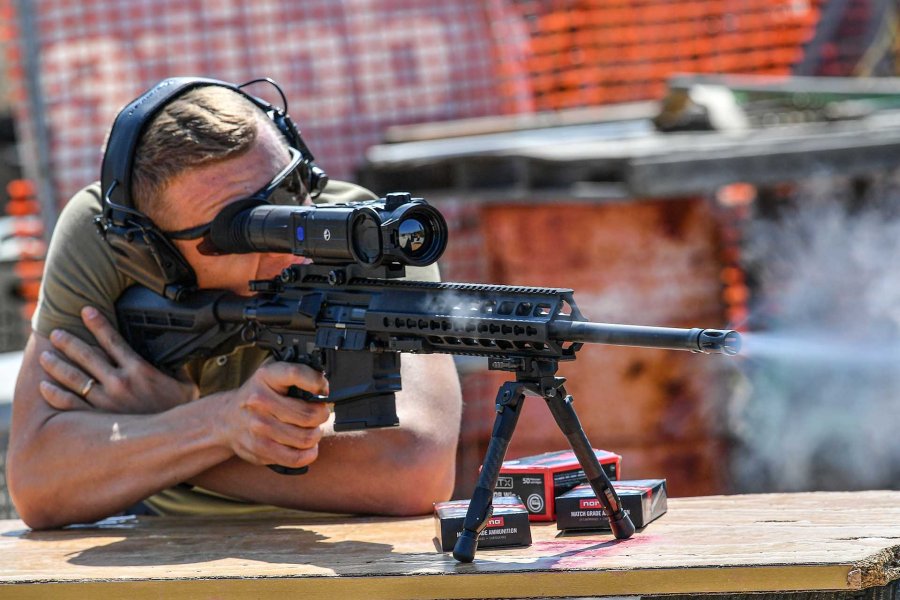
We used GECO and Norma ammunition and shot at distances ranging from 25 m all the way to 200 m, with great satisfaction both in accuracy and in useability of the Trail 2 thermal optics. Zeroing was a breeze, the Trail 2 XP50 offers click values of 21 mm each both for windage and elevation, with a huge adjustment range of 4.2M at 100 m, and the one-shot zero routine works very well (we used a rest to perform the zero).
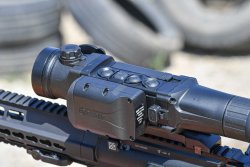
The rangefinder opens a small PiP (picture in picture) window to improve accuracy in the measurement, and also we found decent accuracy in the reticle convergence with the LRF beam (obviously, the LRF beam cannot be collimated outside the factory…).
As we already had seen with the other second generation thermal optics form Pulsar, with the 40 mK sensors, the Image Boost enhancements are sometimes really dramatic, allowing improved detection and identification of the game – for this, take a look at the recorded video: as the saying goes, images are worth a thousand words.
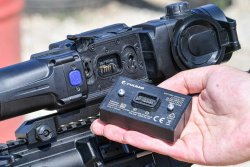
The 16x digital magnification capability honestly is less useful than we would have liked it to be, as the image blows up and degrades too much most of the times, but can be handy for perfect focusing of the scope, and also during zeroing as it does allow a high degree of accuracy in aiming.
Thankfully, PiP comes to our rescue again, as it is possible to have the zoom in a window, with an improved sense of situational awareness, allowing precise shot placement.

Pulsar Trail 2 XP50 LRF: wrap-up
Our experience with the Pulsar Trail 2 XP50 LRF Thermal Imaging hunting riflescope is overall positive. Performance is outstanding. On the other hand, the price is indeed steep, as MSRP is just 10 euro less than 5 grand: 4990 euro. It is the top of the line model, after all – so we suggest to evaluate actual needs, as a more affordable model (the XQ50 with lower resolution of 384x288 pixels, priced at 3790 euro) is also available with the same features – less the amazing resolution, of course!



